Icons No One Appreciated Until Their Deaths
The concept of posthumous fame is fascinating, as it tells the stories of individuals whose brilliance was only acknowledged after their passing. This phenomenon often raises questions about the nature of recognition and the societal factors that shape it. Many artists, writers, and inventors were overlooked in their lifetimes, only to be celebrated later. Understanding why this occurs can give us insight into how cultural values evolve over time and what it means to leave a lasting legacy.
Vincent van Gogh: The Epitome of Posthumous Recognition
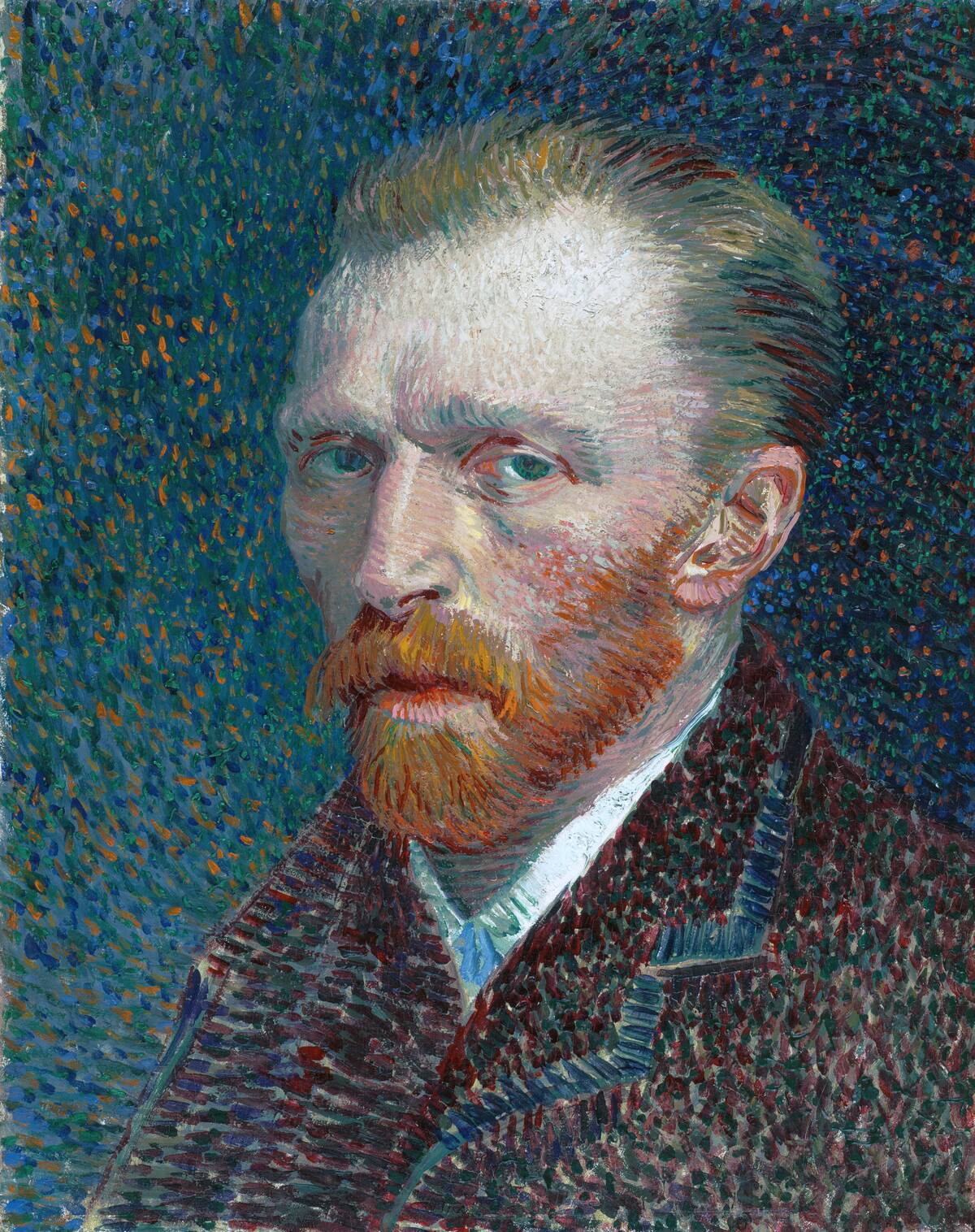
Vincent van Gogh’s story is one of the most poignant examples of posthumous fame. During his lifetime, he struggled with mental health issues and financial insecurity, selling only a single painting. Today, his works are some of the most famous and valuable in the world. Van Gogh’s emotional use of color and brushwork captivated future generations, making him a symbol of the misunderstood genius whose true worth was only recognized after his tragic death.
Emily Dickinson: A Poet’s Voice Heard Too Late
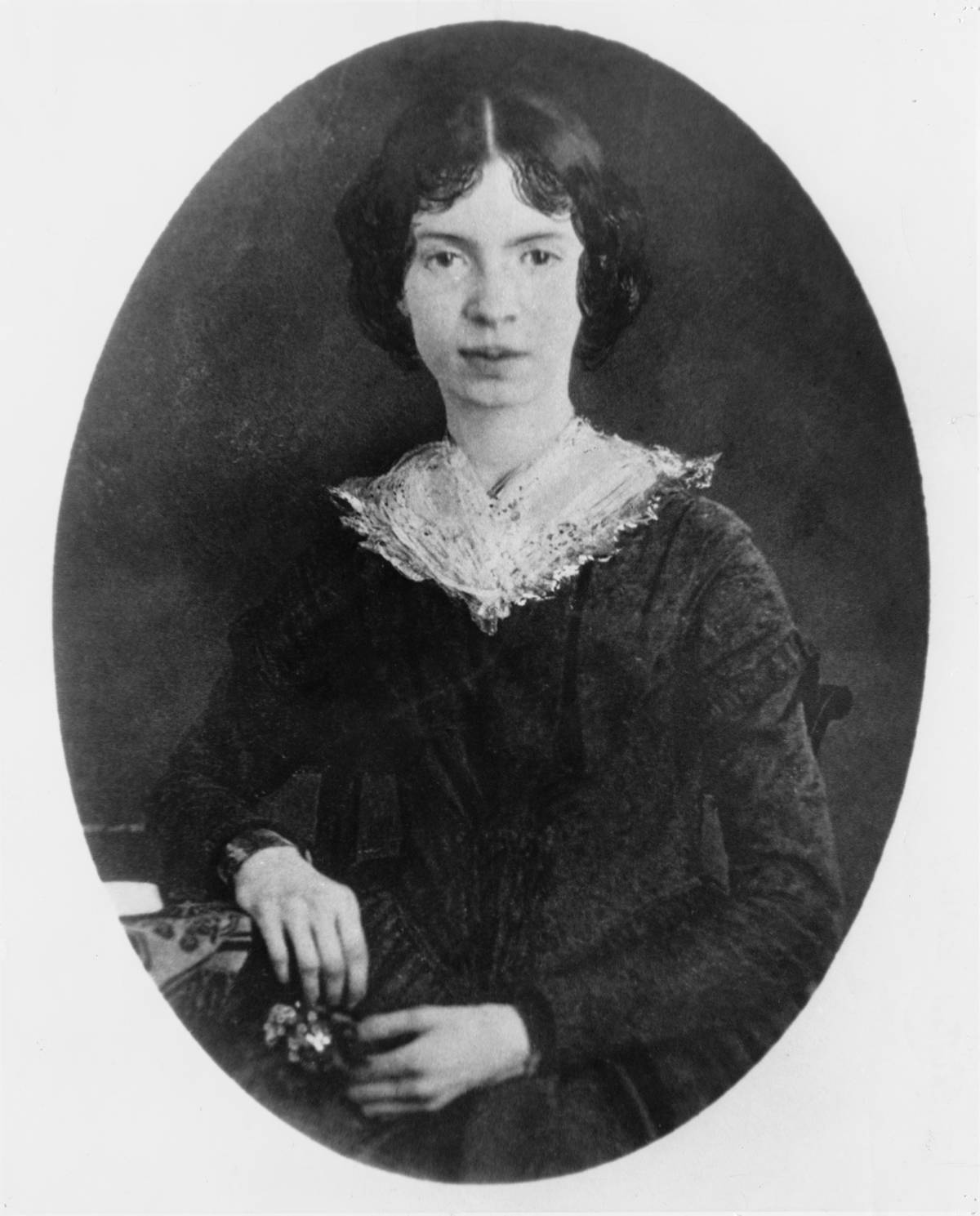
Emily Dickinson’s poetic brilliance went largely unnoticed during her lifetime, with fewer than a dozen of her nearly 1,800 poems published while she was alive, most of which were altered to fit contemporary norms. It wasn’t until her work was posthumously published in its intended form that she gained acclaim. Today, Dickinson is celebrated for her innovative use of language and form, and her work is considered a cornerstone of American poetry, admired for its depth and introspection.
Franz Kafka: The Literary Giant Who Almost Wasn’t
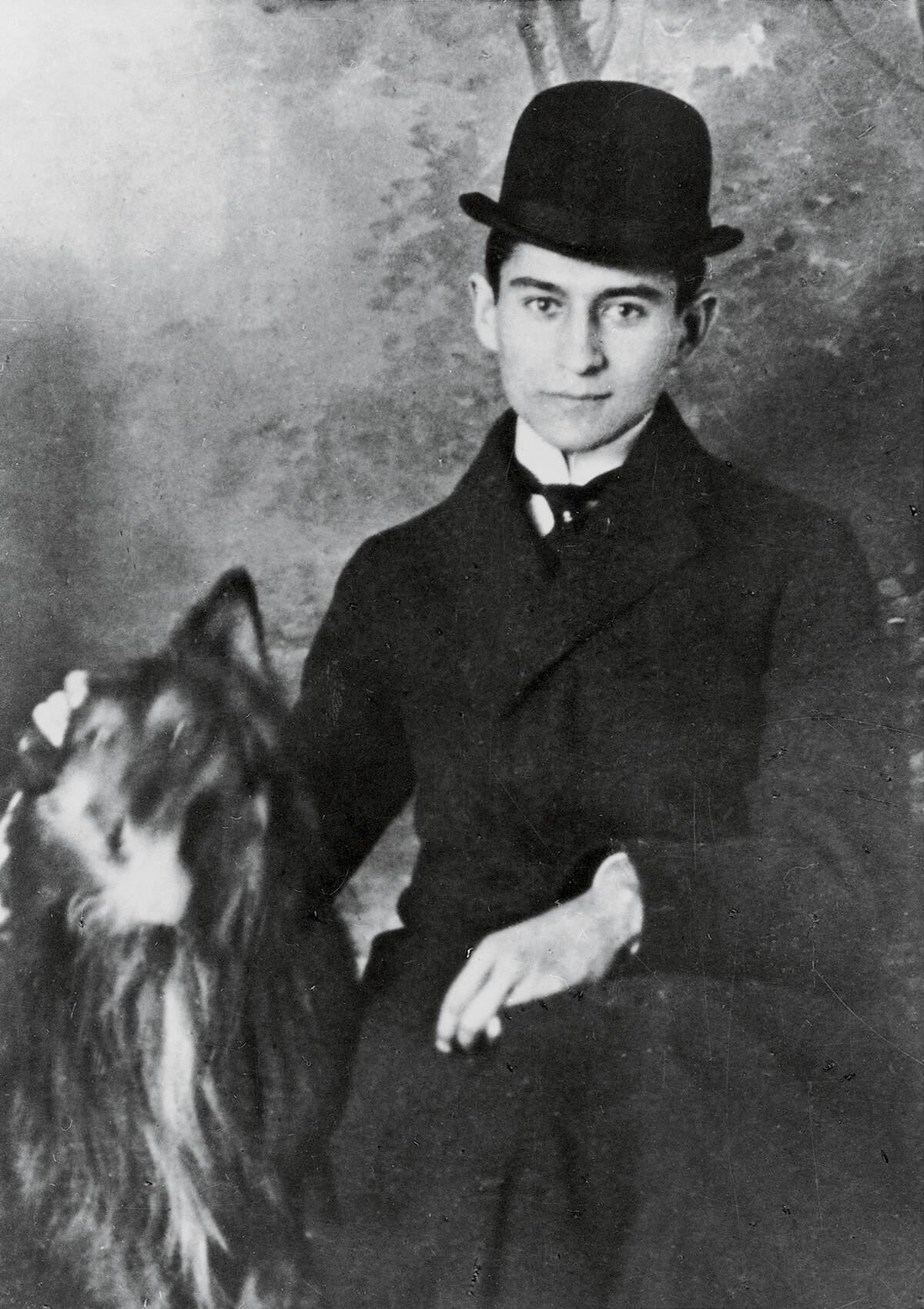
Franz Kafka’s haunting and surreal narratives have cemented his place as a literary giant, but he was virtually unknown during his lifetime. Before his death, Kafka instructed his friend Max Brod to destroy his manuscripts, a request Brod thankfully ignored. Brod’s decision to publish Kafka’s works posthumously introduced the world to stories like ‘The Metamorphosis’ and ‘The Trial,’ which have since become integral to the literary canon, exploring themes of alienation and absurdity.
Johann Sebastian Bach: From Obscurity to Musical Genius
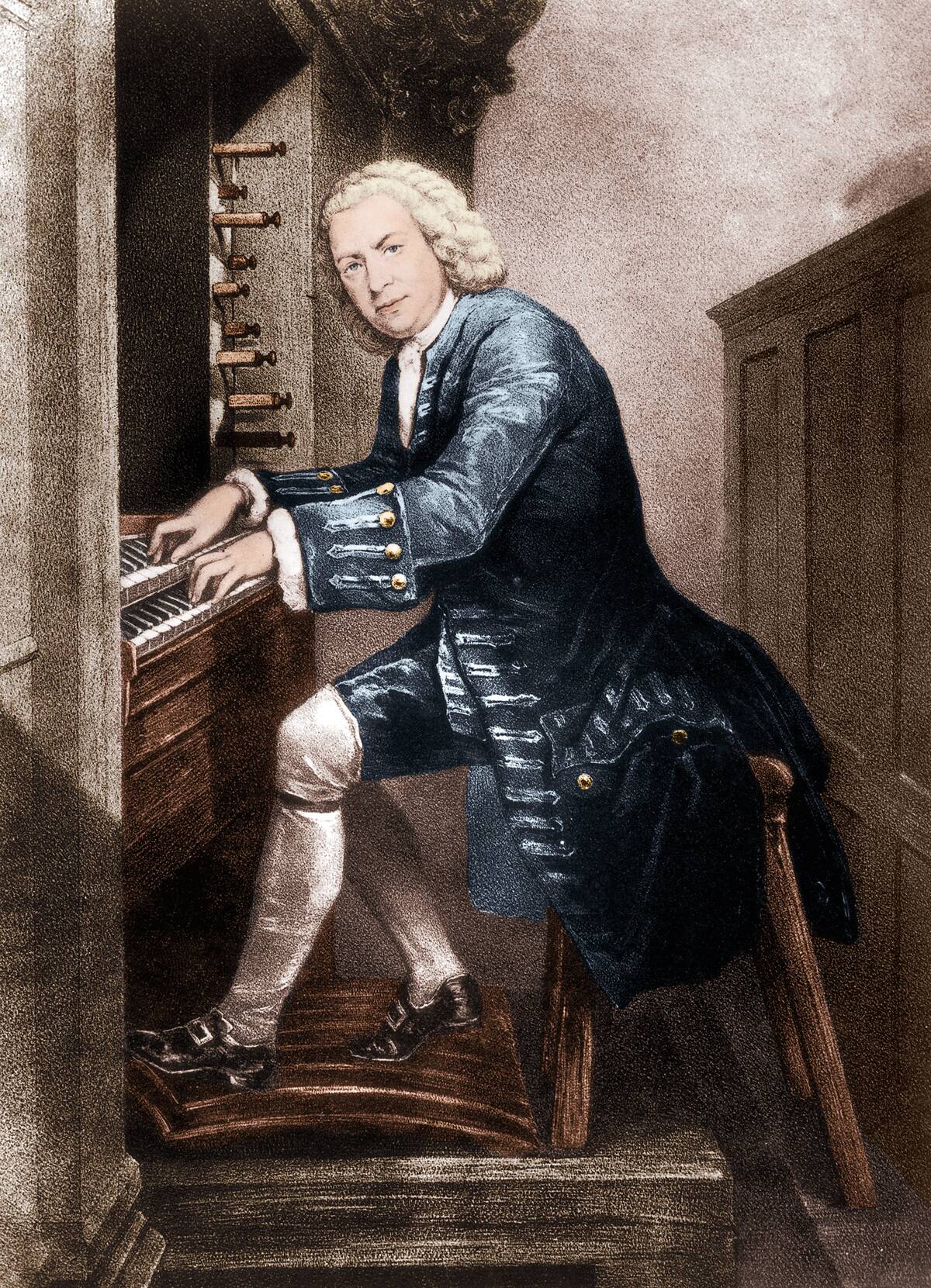
Johann Sebastian Bach’s music is now revered worldwide, but his genius was not fully appreciated until long after his death. During his lifetime, Bach was known primarily as an organist rather than a composer. It wasn’t until the 19th century, when composers like Felix Mendelssohn began to revive his works, that Bach’s compositions received the recognition they deserved. Today, his intricate fugues and compositions are studied and performed by musicians everywhere, testament to his enduring impact on classical music.
Henry Darger: The Reclusive Artist with a Hidden Legacy

Henry Darger was a reclusive janitor whose vast and imaginative body of work was discovered only after his death. Darger spent decades creating elaborate illustrations and a 15,000-page manuscript known as ‘The Story of the Vivian Girls.’ His art, characterized by vivid colors and childlike wonder, was hidden in his small Chicago apartment. Today, Darger’s work is celebrated for its outsider art status, offering a glimpse into the mind of an artist who created entirely for himself, unbeknownst to the world.
El Greco: The Misunderstood Master of Mannerism

El Greco, a Greek painter of the Spanish Renaissance, was initially criticized for his unconventional style, which deviated from the classical norms of his time. His elongated figures and dramatic use of color were misunderstood by his contemporaries. It wasn’t until the 20th century that his work was reassessed and appreciated for its emotional intensity and innovative approach. El Greco’s paintings are now celebrated for their unique contribution to Mannerism, influencing artists like Picasso and Pollock.
Edgar Allan Poe: Resurrected by the Raven
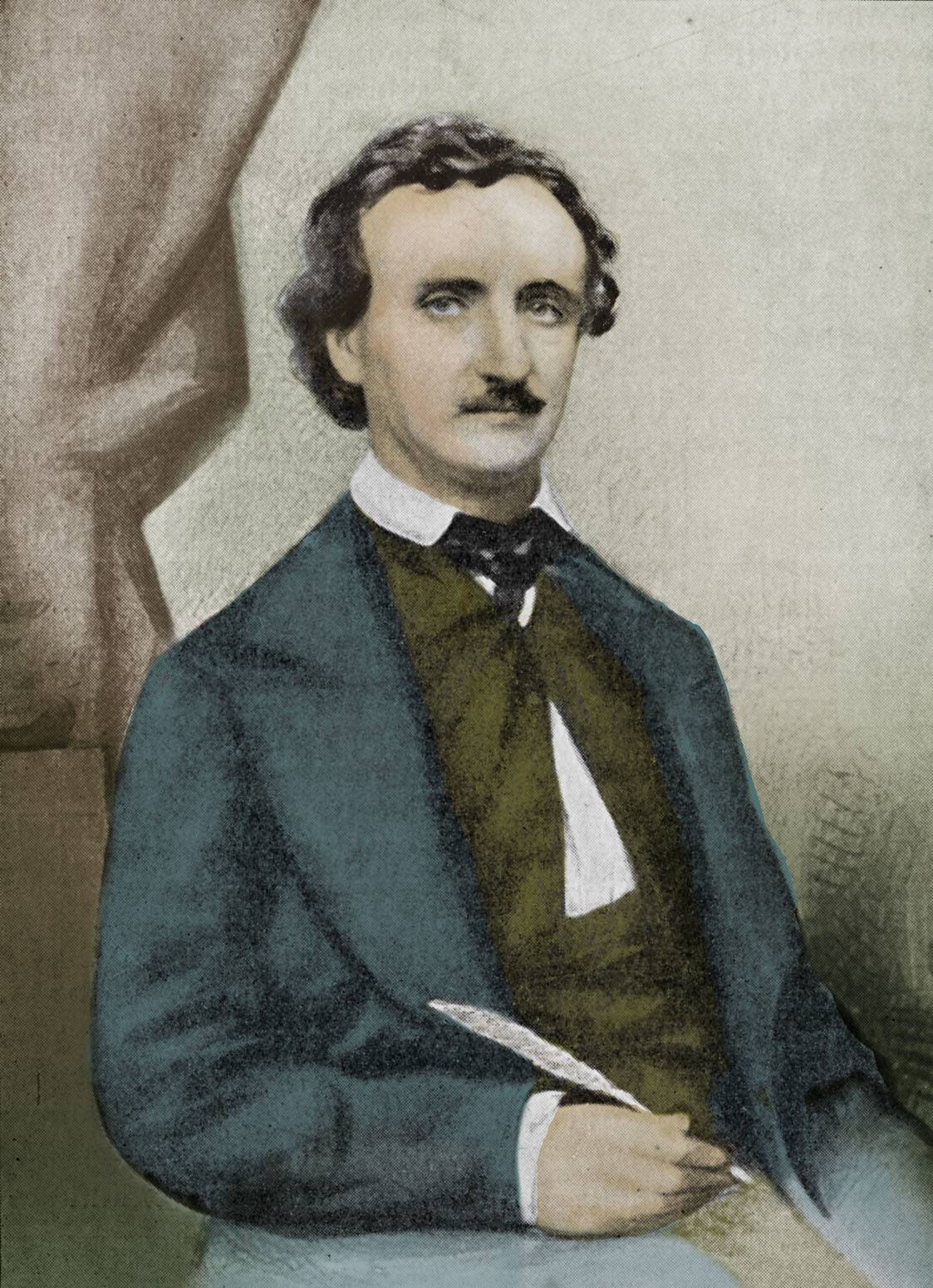
Edgar Allan Poe’s macabre tales and poems have left an indelible mark on literature, yet he struggled to find success during his lifetime. Poe’s ‘The Raven’ gained some recognition, but he remained largely underappreciated, often battling poverty. It was only after his death that his work was fully embraced, with his stories and poems becoming quintessential examples of Gothic literature. Today, Poe is celebrated for his mastery of suspense and the macabre, and his influence is evident across genres.
Modigliani: Celebrated Long After the Canvas Dried
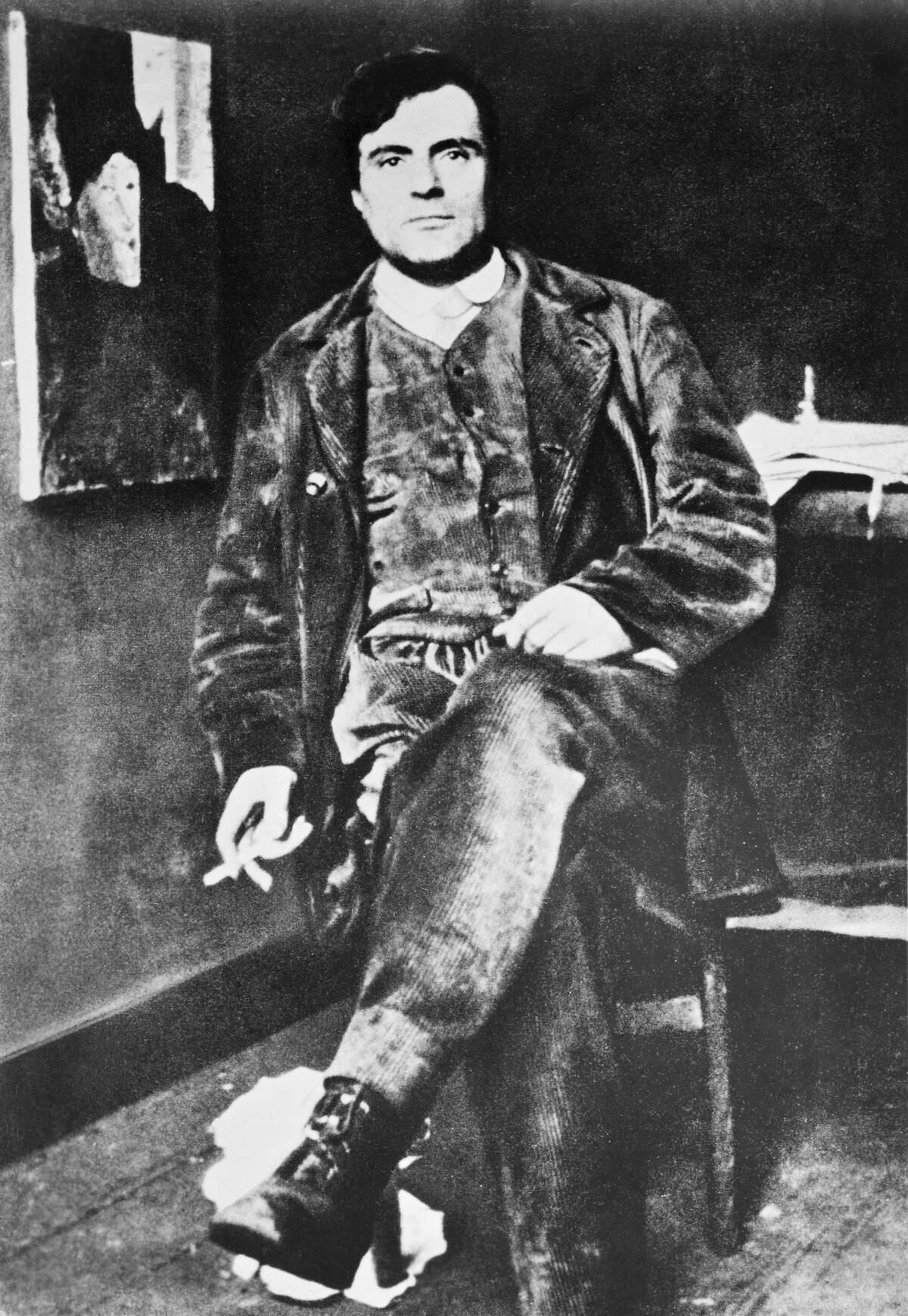
Amedeo Modigliani, known for his distinctive portraits and nudes, lived a life marked by poverty and illness. His work was not widely appreciated during his lifetime, and his exhibitions were often met with scandal. After his death at a young age, Modigliani’s paintings gained recognition for their unique style and emotional depth. Today, his works are highly sought after, with his portraits fetching record prices at auctions, celebrated for their elegant simplicity and haunting beauty.
Nikola Tesla: The Inventor Whose Genius Sparked Too Late
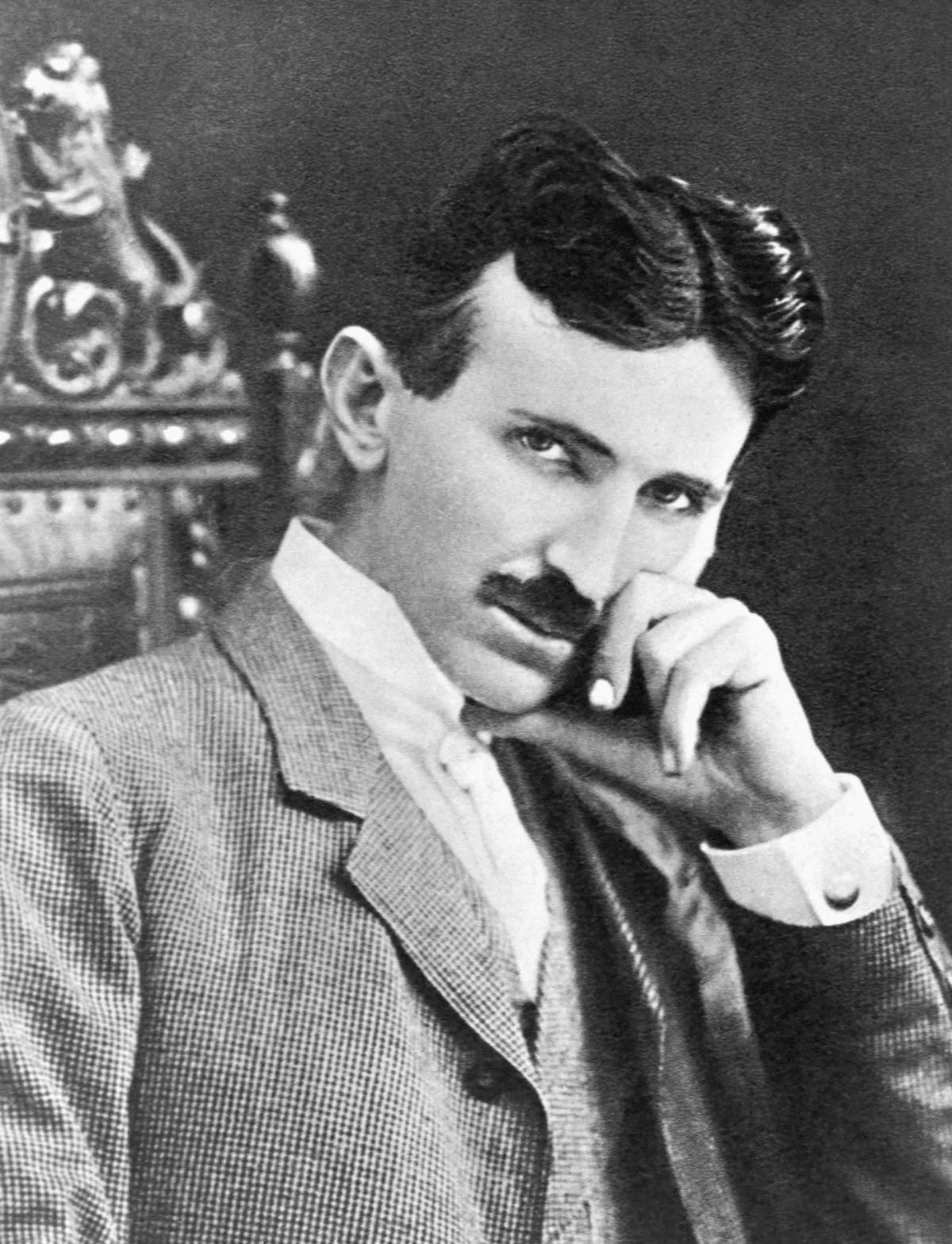
Nikola Tesla’s contributions to electrical engineering are immense, yet he was overshadowed by contemporaries like Thomas Edison. Tesla’s innovations, including alternating current (AC) and the Tesla coil, laid the groundwork for modern electricity systems, but he died in relative obscurity and poverty. It wasn’t until later that his genius was recognized, and today, Tesla is celebrated as a visionary inventor, with his ideas continuing to inspire new generations in fields like renewable energy and wireless technology.
Sylvia Plath: The Poet Who Found Her Audience After Her Demise

Sylvia Plath’s vivid and confessional poetry has left a lasting legacy, yet she struggled to gain recognition during her short life. Her novel ‘The Bell Jar’ was published under a pseudonym and only gained popularity posthumously. After her untimely death, Plath’s work was revisited and praised for its raw emotional honesty and exploration of themes like identity and mental illness. Today, she is regarded as one of the most influential poets of the 20th century, with her work continuing to resonate deeply with readers.
Paul Gauguin: The Exotic Painter Discovered After Death
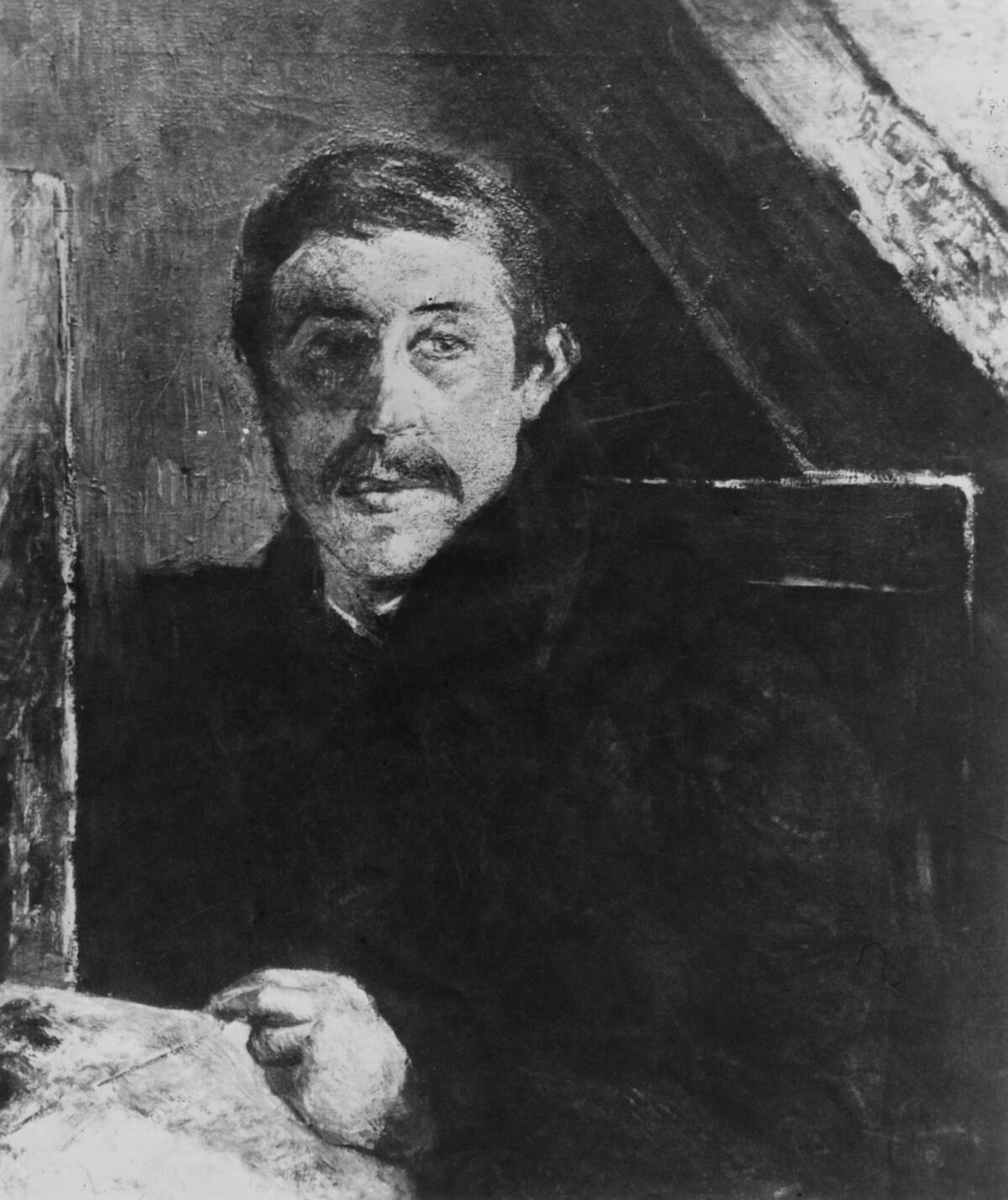
Paul Gauguin’s bold use of color and exotic themes were not fully appreciated during his lifetime, as he often lived in financial hardship and obscurity. His decision to leave Europe for Tahiti in search of new inspiration was initially met with skepticism. However, after his death, Gauguin’s work was re-evaluated and celebrated for its innovative approach to color and form. Today, his paintings are esteemed for their vibrant exploration of culture and are considered a major influence on modern art.
H.P. Lovecraft: His Cosmic Horrors Found a Posthumous Audience
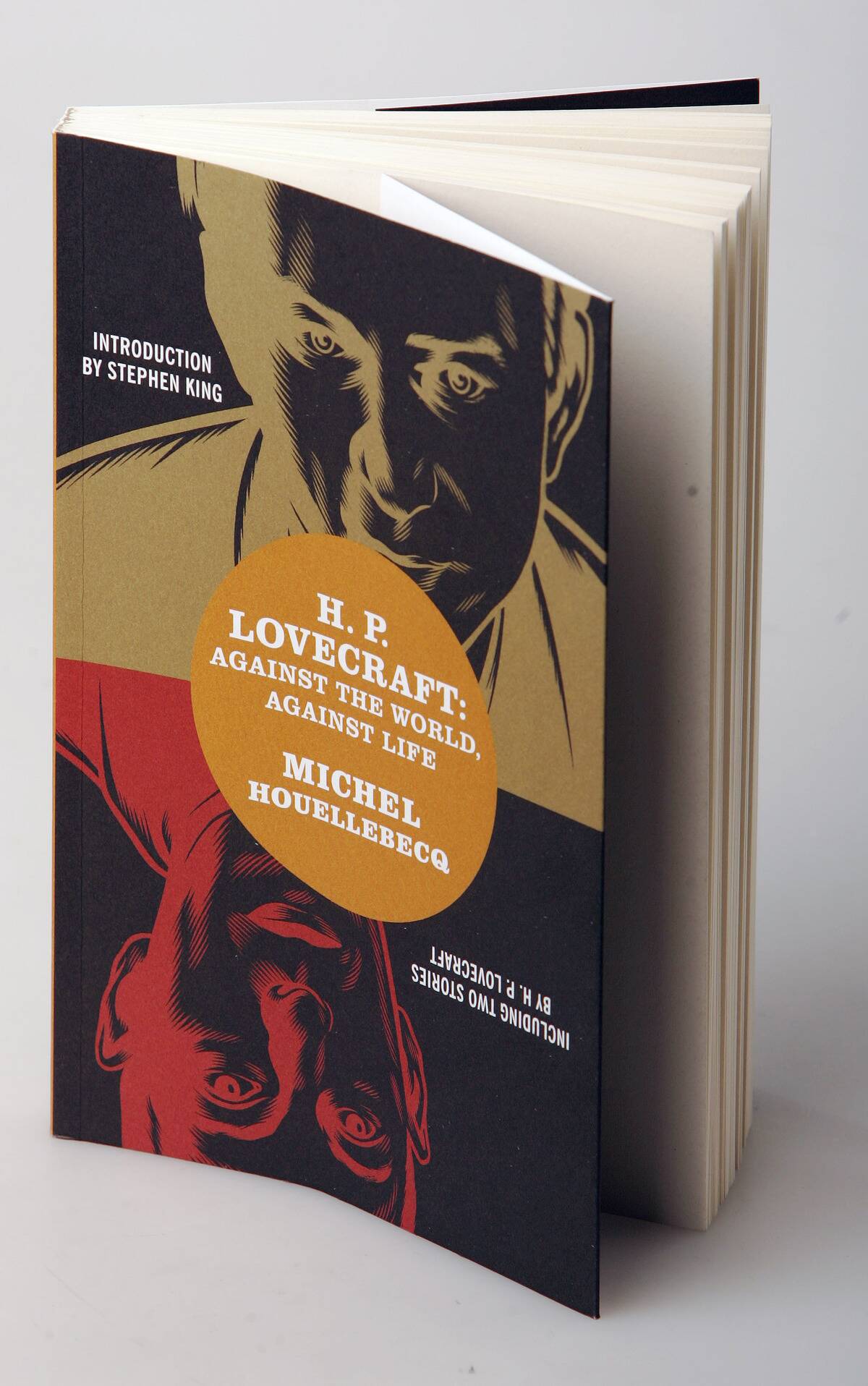
H.P. Lovecraft’s tales of cosmic horror have achieved cult status, yet he was relatively unknown during his lifetime. Lovecraft’s stories, often published in pulp magazines, explored themes of existential dread and the insignificance of humanity in a vast, indifferent universe. It was only years after his death that his work gained a dedicated following, influencing countless writers and filmmakers. Today, Lovecraft is hailed as a pioneer of horror fiction, with his Cthulhu Mythos becoming a cultural phenomenon.
Gregor Mendel: The Father of Genetics Who Wasn’t Recognized in His Time

Gregor Mendel’s groundbreaking experiments with pea plants laid the foundation for the field of genetics, yet his work was largely ignored during his lifetime. Mendel’s meticulous research revealed the basic principles of heredity, but it wasn’t until decades later that scientists recognized the significance of his findings. Today, Mendel is celebrated as the father of genetics, with his discoveries forming the basis for modern genetic science, illustrating the delayed but profound impact of his work.



